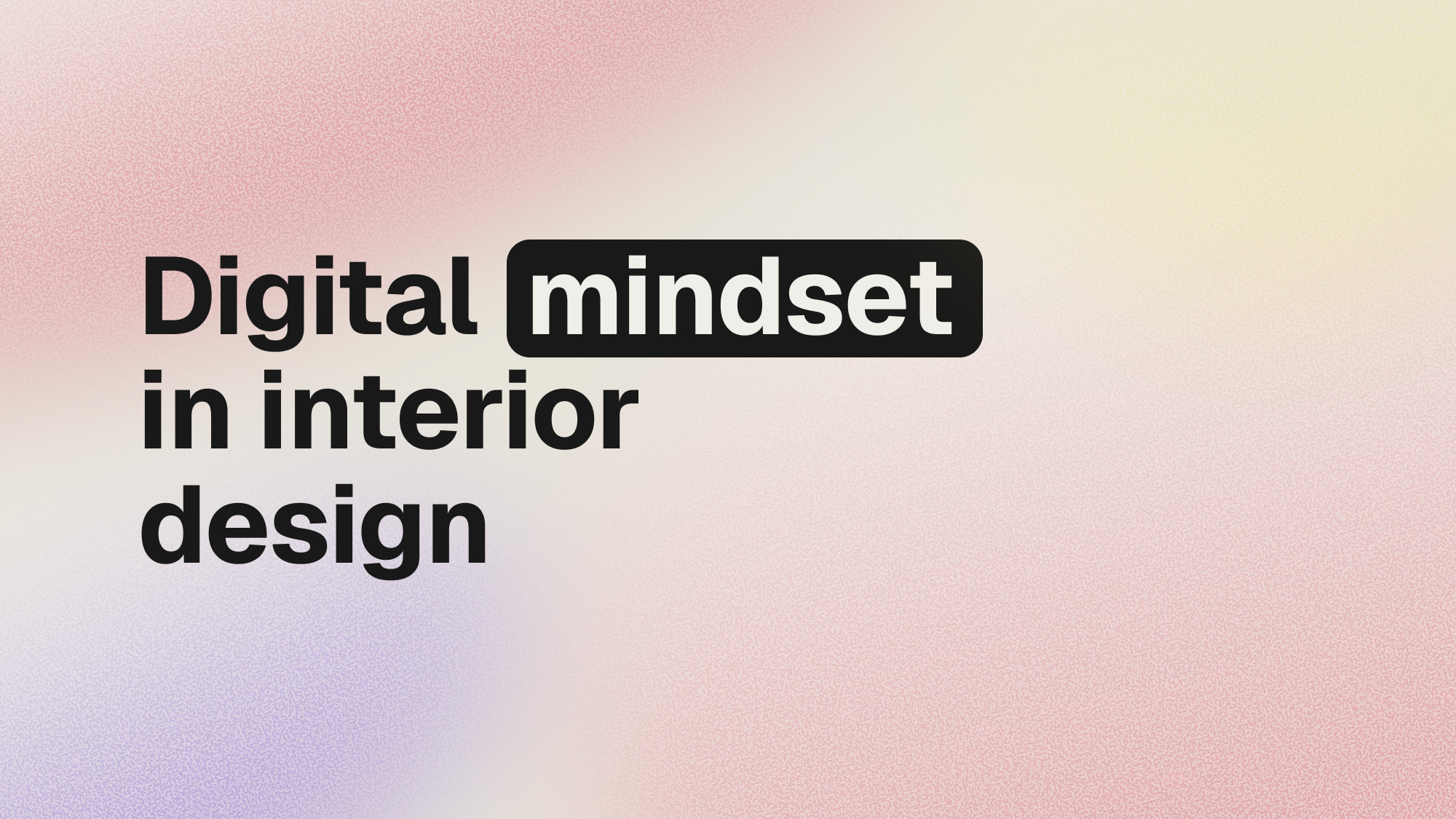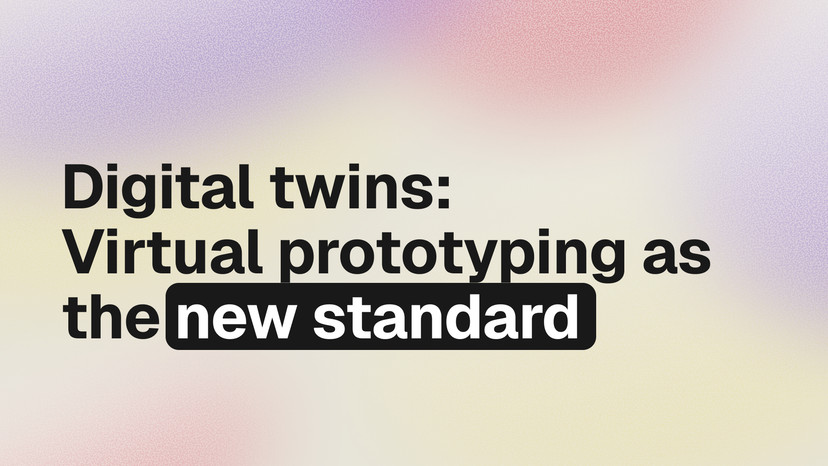What does it mean to have a digital mindset in design?
A digital mindset isn’t about how many apps you have on your phone or how often you update your software. It’s primarily about how you approach technology – as a tool that helps you work smarter, not something that adds stress or complexity.
It means knowing what to keep in your head and what to delegate to a system that can handle routine tasks for you. You start to realize that time spent repeatedly rewriting briefs or digging through emails for information isn’t an investment – it’s an unnecessary drain on your energy.
💡 Tip for you: Try mapping out how much time each week you spend on repetitive tasks – like forwarding documents or searching for notes. Even a small change in how you organize your work can save you dozens of hours each month.
Design isn’t just about creating concepts. It’s also about the process.
Interior design is just one part of the whole project. Before it comes research, the brief, and communication with the client. After that come revisions, coordination with suppliers, budget checks, and delivering the final outputs.
If all these stages happen in ten different places – in notes, messages, folders on a hard drive, and in the designer’s head – everything gets scattered and messy. And that impacts not just the final result, but especially the designer themselves.
A digitally-minded designer knows the process needs structure — one that keeps all information in one place, makes teamwork easier, and leads to a better result for the client.
💡 Tip for you: Start by writing down the different phases of the project in one place — for example, as an outline. It will help you better estimate time, set priorities, and see the project as a whole.
A professional approach starts with a well-organized workspace.
Just like you carefully choose quality materials for your designs, it’s worth choosing quality tools to manage your work. Not because you have to, but because it helps you become better at your craft — and gives you more time for what you truly enjoy: designing.
For example, the Densy platform was created specifically to make designers’ day-to-day work easier. It’s not just another complicated tool that requires training or a complete overhaul of your current workflow. It’s a space where everything has its place — from the initial brief and all communication to the final client presentation. It helps you maintain a professional standard, even on the most demanding projects.

💡 Tip for you: If you often find yourself searching for where you saved important materials or information, it might be time to start using a unified workspace. A system that connects documents, tasks, budgets, and feedback, will give you better oversight and more confidence in your day-to-day work.
The future is digital — but still human
Technology isn’t a barrier to creativity — not if you know how to use it effectively. With the right system in place, you gain more time, clarity, and control over your projects, without losing your unique style, strong client relationships, or the joy of creating.
💡 Tip for you: With every new project, take a moment for a quick digital recap — what could have been better organized, and what needlessly took up your time? Even small improvements in your process can lead to big results. If you’re looking for a tool to help with that, try Densy — a free platform designed to make project management and work organization easier for designers.
Summary: A Smarter Approach to Design
Interior design is a beautiful but demanding discipline.
It requires creativity, empathy, technical knowledge, and an eye for detail. But just as important is having a system that allows you to fully make use of these qualities.
A digital approach doesn’t mean losing the human touch — quite the opposite. When unnecessary admin work falls away, you gain more space for what truly makes a design exceptional.
And if you’re looking for a way to stay organized, efficient, and professional on every project, Densy can be your partner. Not to hold you back — but to free up your hands for what you do best: creating.



